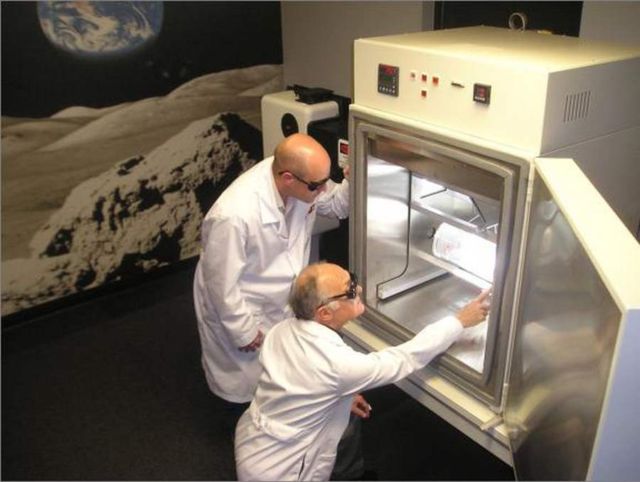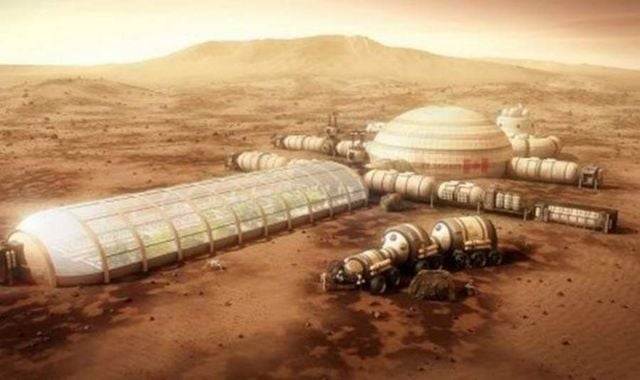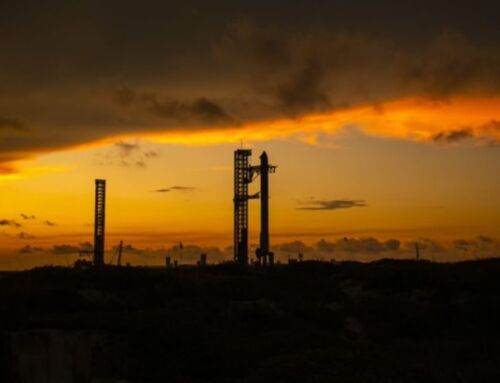Planting an Ecosystem to support a human mission to Mars, producing oxygen without having to send heavy gas canisters, is tested by NASA for the Red planet’s colonization.
Mars One project which aims to send 100 people on Mars. Credit Mars One
Taming the brutal environment of Mars for future human explorers to survive and thrive there may demand a touch of “ecopoiesis,” the creation of an ecosystem able to support life.
The NASA Innovative Advanced Concepts (NIAC) Program is funding cutting-edge work by Eugene Boland, chief scientist at Techshot Inc. of Greenville, Indiana. The scientist has been busy working in the firm’s “Mars room,” which houses a test chamber capable of simulating the Red Planet’s atmospheric pressure, day-night temperature changes and the solar radiation that cascades upon the planet’s surface.
Inside the Mars room, Boland and his team are testing the viability of using ecosystem-building pioneer organisms to churn out oxygen by using Martian regolith. Some organisms within the test bed experiment planted on the Red Planet also could remove nitrogen from the Martian soil.
 The test chamber located in Techshot Inc.’s Mars room (Photo: NASA/Techshot Inc.)
The test chamber located in Techshot Inc.’s Mars room (Photo: NASA/Techshot Inc.)
Boland said:
“This is a possible way to support a human mission to Mars, producing oxygen without having to send heavy gas canisters. Let’s send microbes and let them do the heavy-lifting for us.”
Ultimately, biodomes on Mars that enclose ecopoiesis-provided oxygen through bacterial or algae-driven conversion systems might dot the Red Planet, housing expeditionary teams, Boland suggests.
Read more at NASA






Leave A Comment